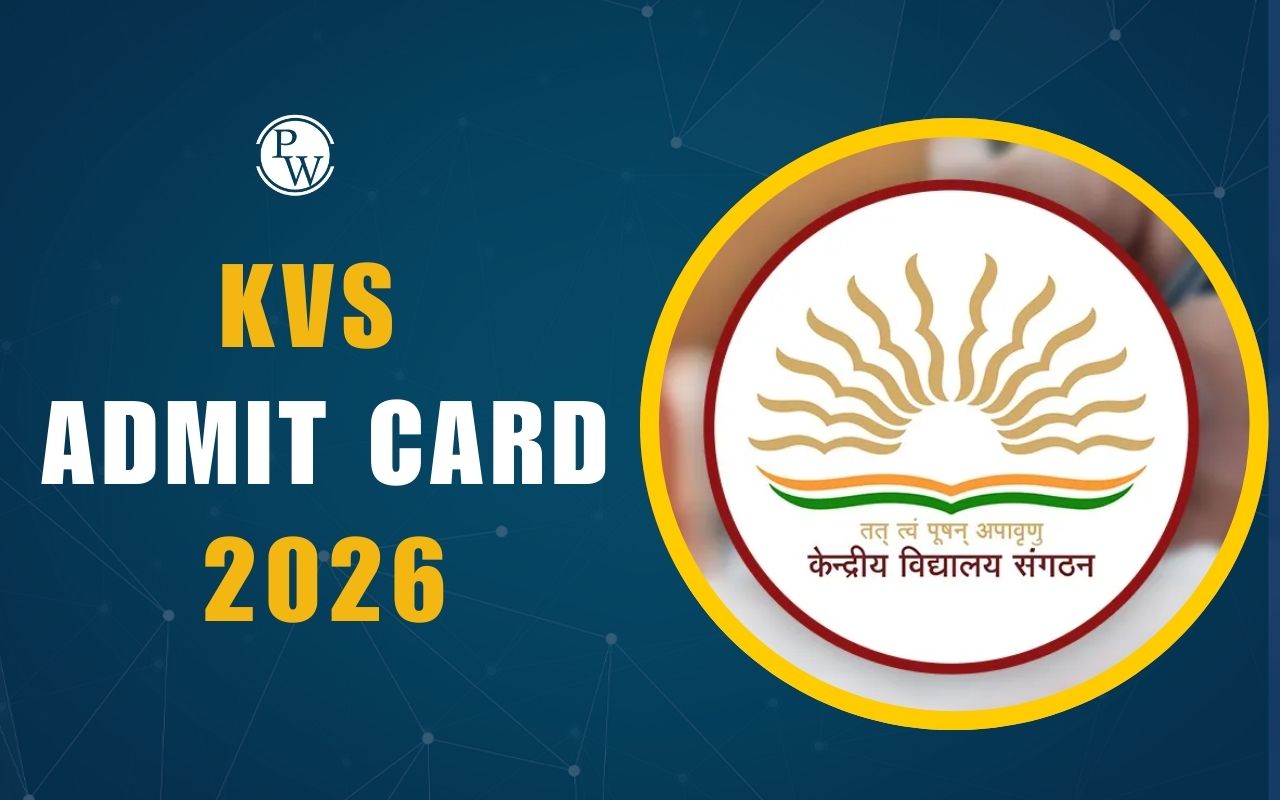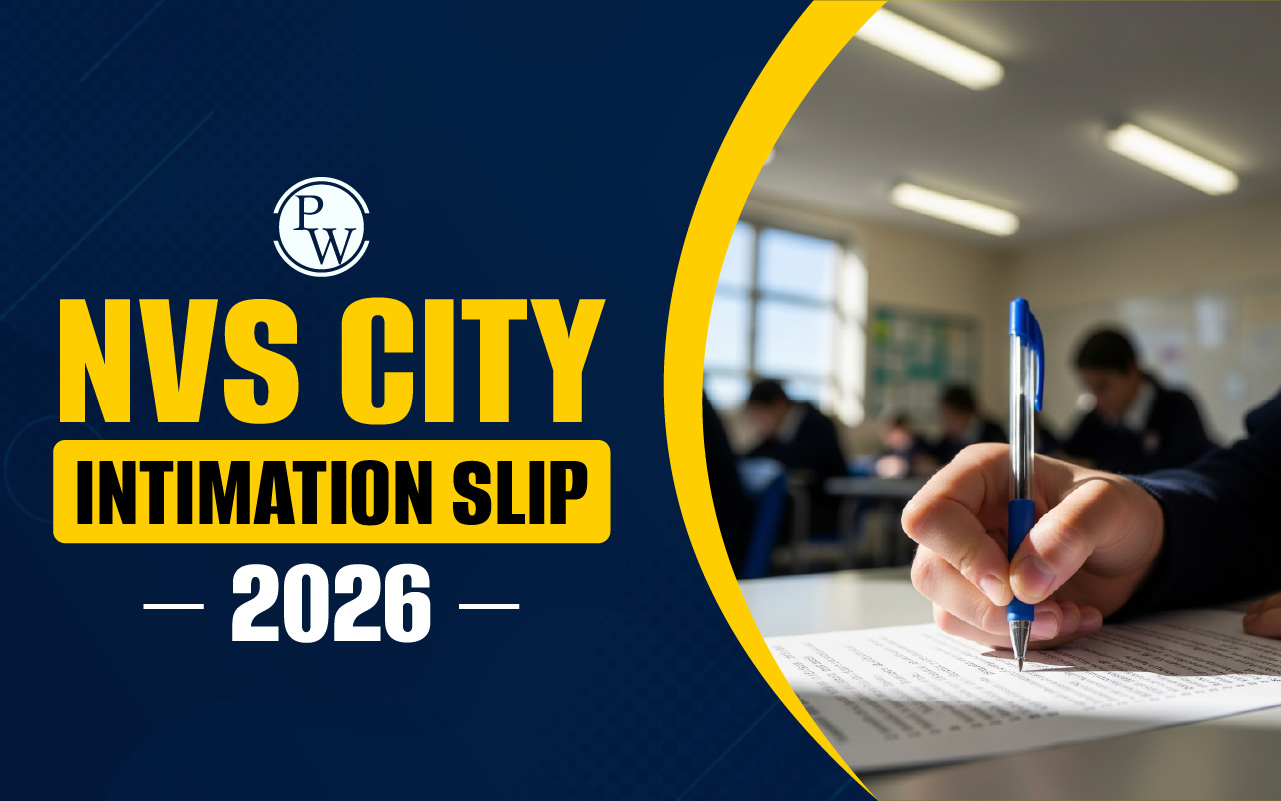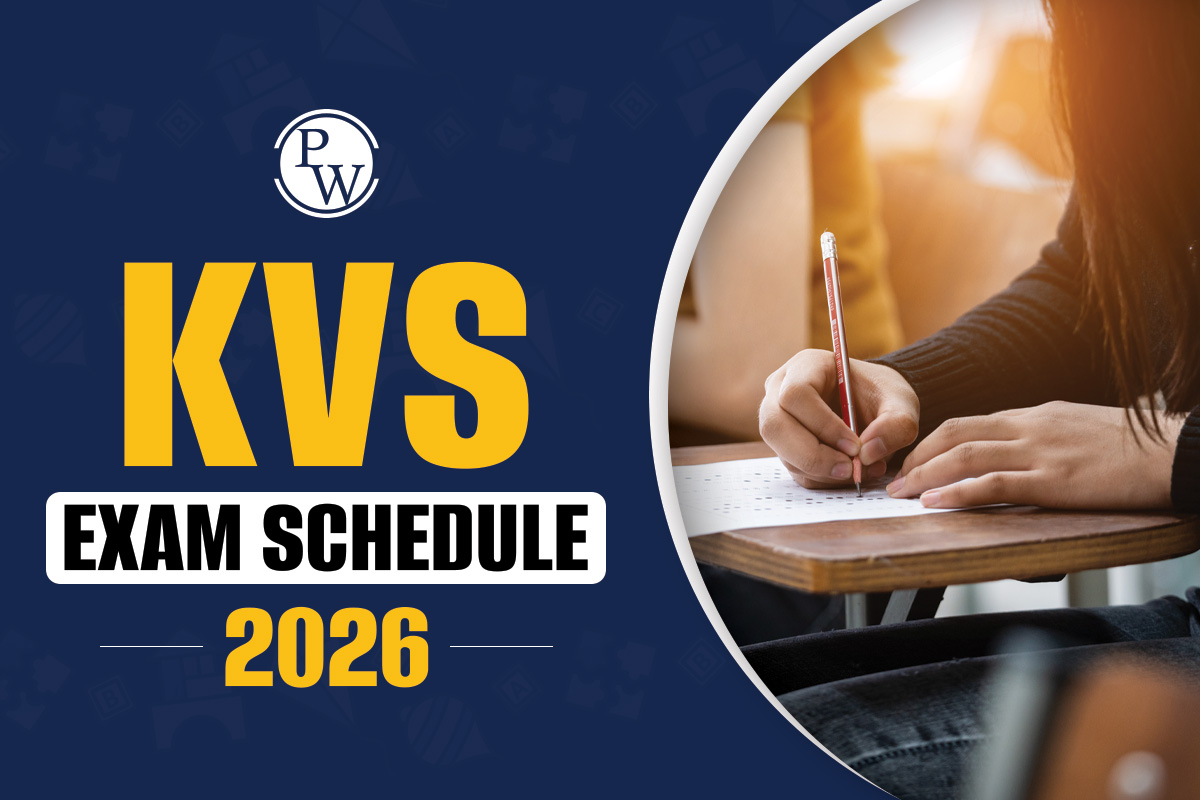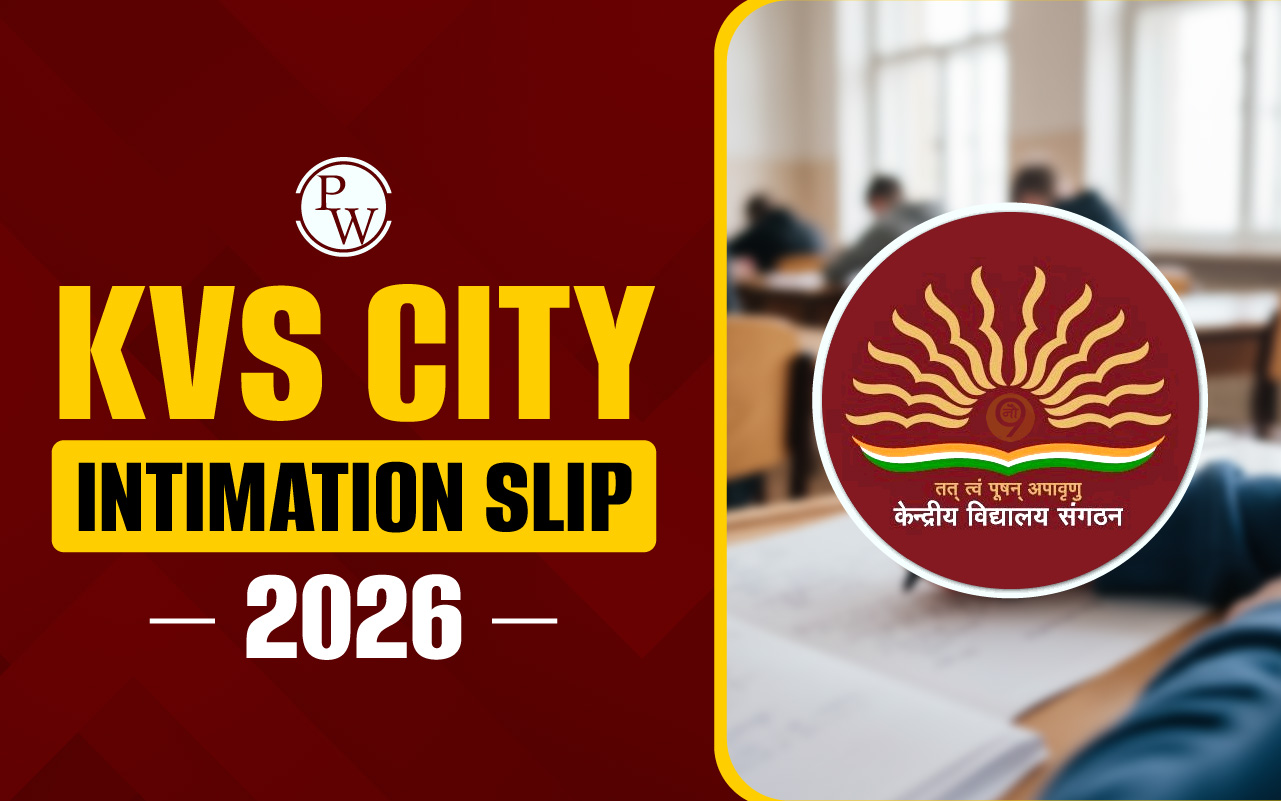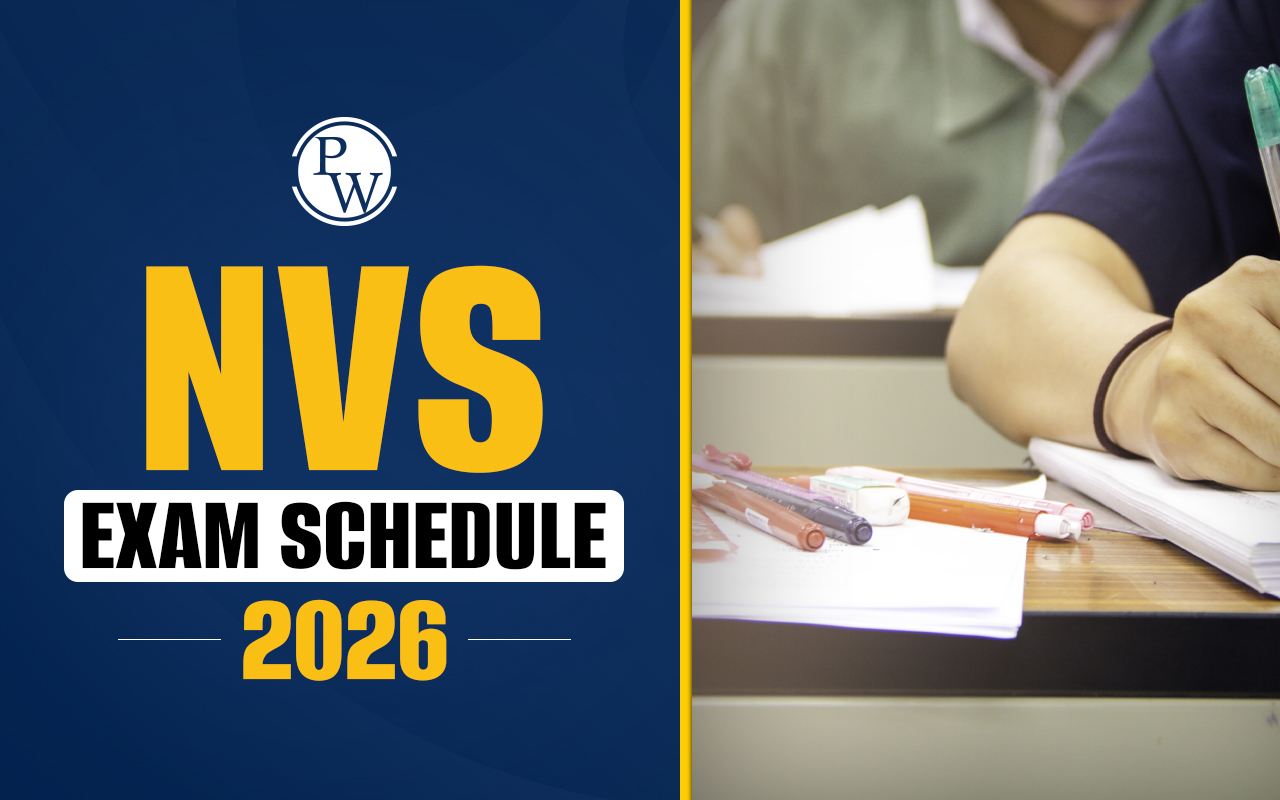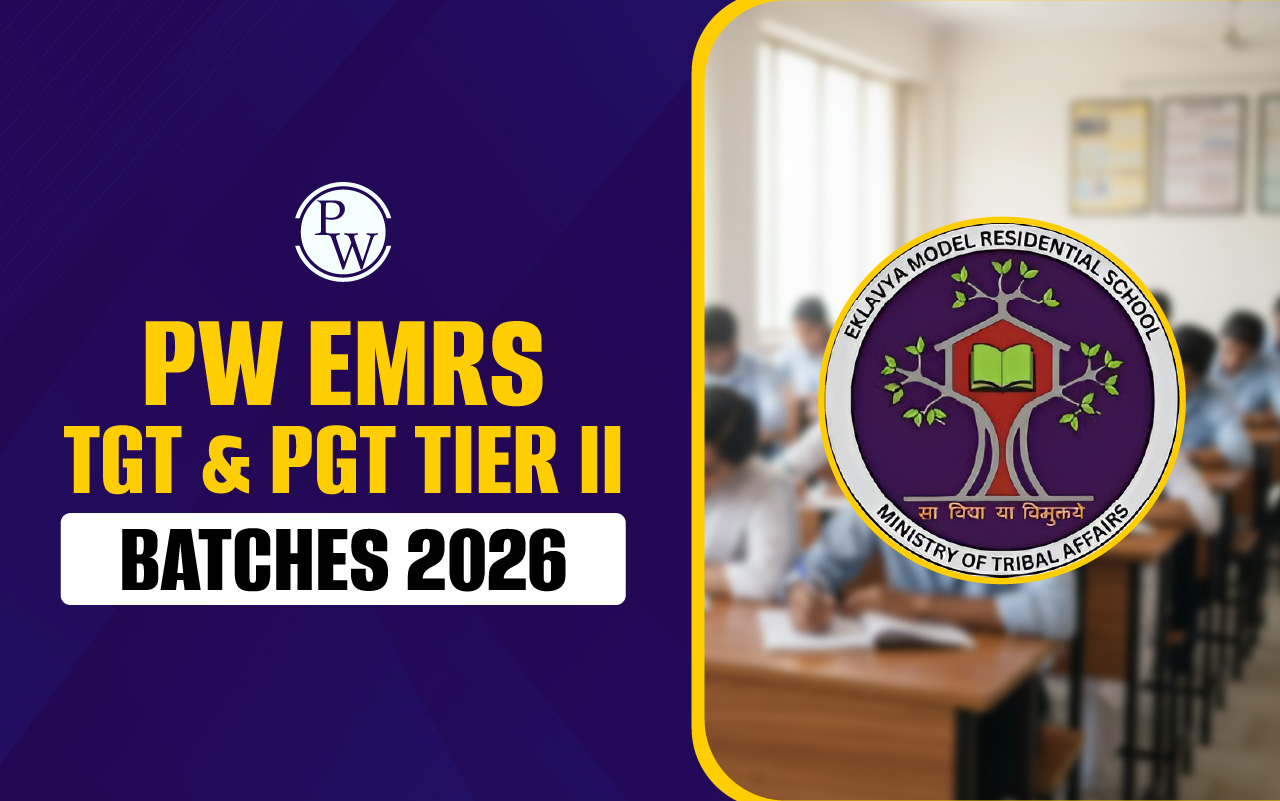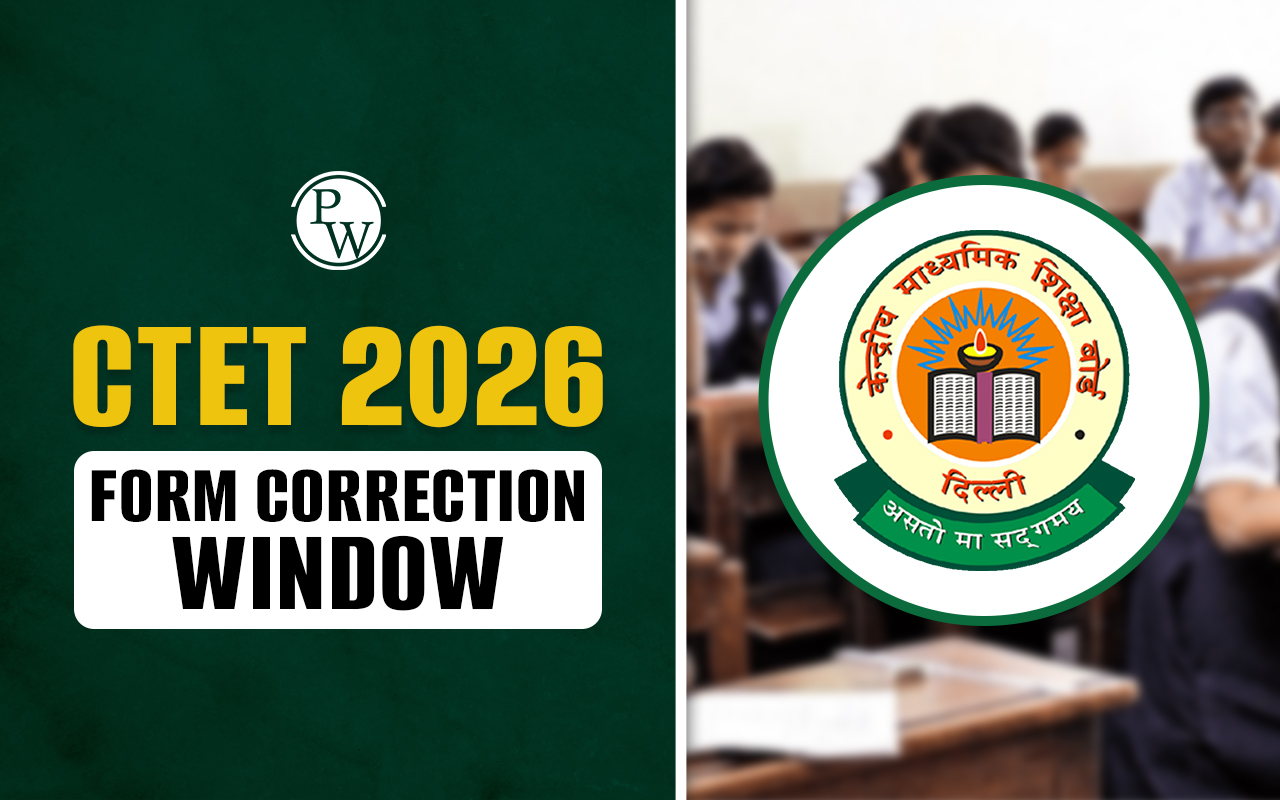
UPTET Syllabus 2024: The UP Education Service Selection Commission (UPESSC) has released the UPTET Syllabus 2024 for Paper 1 and 2 on its official website. Candidates must carefully review the syllabus to prepare effectively for the UPTET 2024 exam. The exam comprises two papers: Paper-I and Paper-II. Paper-I is for those aspiring to teach Classes I-V, while Paper-II is for those interested in teaching classes VI-VIII. This article comprehensively outlines the UPTET Syllabus and UPTET Exam Pattern 2024 and includes all other relevant information for candidates.
UPTET Syllabus 2024
The Uttar Pradesh Basic Education Board (UPBEB) has updated the UPTET Syllabus 2024 for Paper 1 and 2 on its official website. The conducting body, UPBEB, will provide comprehensive information about the subjects and topics that need to be prepared for the upcoming exam. Stay tuned for the official announcement on the official website for the latest details.UPTET Exam Pattern 2024
The UPTET exam comprises two papers: Paper I and Paper II. Both papers are MCQ-based tests with an offline pen-paper format. The exam duration for each paper is 2 hours and 30 minutes. The question paper consists of 150 multiple-choice questions, with each question carrying 1 mark. Notably, there is no provision for negative marking.UPTET Syllabus 2024 Overview
Uttar Pradesh Education Service Selection Commission (UPESSC) conducts UPTET (Uttar Pradesh Teacher Eligibility Test) at the state level. Candidates seeking eligibility as teachers for classes 1 to 8 in schools of Uttar Pradesh must apply online for the UPTET 2024 examination.| UPTET 2024 Overview | |
| Exam Conducting Body | Uttar Pradesh Education Service Selection Commission (UPESSC) |
| UP TET Full Form | Uttar Pradesh Teacher Eligibility Test |
| Post Category | UPTET Syllabus 2024 and UPTET Exam Pattern 2024 |
| Exam Name | UPTET 2024 |
| Exam Level | State Level |
| Mode of Application | Online |
| Exam Mode | Offline |
| UP TET Exam Date 2024 | To be Announced |
| Purpose of examination | To determine the eligibility of candidates as teachers of classes 1 to 8 in schools of Uttar Pradesh |
| Exam Duration | 150 minutes for each paper |
| Number of Papers and Total Marks |
|
| Marking Scheme | +1 for each correct answer |
| Negative Marking | No Negative Marking |
| Official Website | http://updeled.gov.in/ |
UPTET Syllabus 2024 for Paper 1 and Paper 2
The Uttar Pradesh Basic Education Board (UPBEB) will soon release the UPTET Notification 2024 on the official website. To clear the exam, candidates must stay updated with the UPTET Syllabus 2024 PDF for Paper 1 and 2. The UPTET Syllabus 2024 will provide information on the weightage of each section, enabling aspirants to formulate their exam strategy accordingly.UPTET Paper 1 Syllabus 2024 (Classes I-V)
The UPTET Paper I Syllabus consists of five sections, which include Child Development, Teaching and Pedagogy, Language 1 (Hindi), Language 2 (English), and Mathematics and EVS. The syllabus is taken from the topics mentioned in NCERT books for classes I-V. A detailed, subject-wise paper is given below.| UPTET Paper 1 Syllabus 2024 | |
| Sections | Topics |
| Child Development and Pedagogy |
|
| Language I (Hindi) |
|
| Language I (Hindi Pedagogy) |
|
| Language II (English/Urdu/Sanskrit) |
|
|
Mathematics |
|
|
Environmental Studies |
|
UPTET Paper 2 Syllabus 2024 (Classes VI-VIII)
The detailed UPTET Paper 2 Syllabus for UPTET 2024 is provided below, covering all sub-topics for each subject. Candidates are advised to carefully go through the UPTET Paper 2 syllabus section-wise to understand the UPTET Total Marks distribution and prepare accordingly.| UPTET Paper 2 Syllabus 2024 | |
| Sections | Topics |
|
Child Development and Learning Methods |
|
|
Language I (Hindi) |
|
|
Language II (English) |
|
|
Language II (Urdu) |
|
|
Language II (Sanskrit) |
|
| Mathematics |
|
| Science |
|
|
Social Studies and Others |
|
History
|
|
Geography
|
|
Environmental Studies
|
|
UPTET Exam Pattern 2024 for Paper 1 and Paper 2
The UPTET Paper 1 exam pattern comprises five sections: Child Development and Methodology and Pedagogy, Language 1, Language 2, Mathematics, and Environmental Studies. Each section carries 30 marks. In UPTET Paper 2, there are five sections, namely Child Development and Methodology and Pedagogy, Language 1, Language 2, Mathematics, and Science or (Social Studies).UPTET Exam Pattern 2024 for Paper 1
The UPTET Exam Pattern 2024 for Paper 1 comprises the following sections with their respective number of questions and marks. The total number of questions is 150, and the total marks for Paper 1 are 150.| UPTET Exam Pattern 2024 for Paper 1 | |||
| Sections | Number of Questions | Marks | Exam Duration |
| Child Development and Pedagogy | 30 | 30 | 150 Minutes |
| Language I (Hindi) | 30 | 30 | |
| Language II (English/Urdu/Sanskrit) | 30 | 30 | |
| Mathematics | 30 | 30 | |
| Environmental Studies | 30 | 30 | |
| Total | 150 | 150 | |
UPTET Exam Pattern 2024 for Paper 2
UPTET Exam Pattern 2024 for Paper 2 consists of the following sections with respective number of questions and marks. UPTET Exam Pattern 2024 for Paper 2 consists of the following sections.| UPTET Exam Pattern 2024 for Paper 2 | |||
| Sections | Number of Questions | Marks | Exam Duration |
| Child Development and Pedagogy | 30 | 30 | 150 Minutes |
| Language I (Hindi) | 30 | 30 | |
| Language II (English/Urdu/Sanskrit) | 30 | 30 | |
|
(a) Mathematics and Science (for Mathematics and Science teachers)
OR (b) Social Studies/Social Science (for Social Studies/Social Science teachers) |
60 | 60 | |
| Total | 150 | 150 | |
UPTET Marking Scheme 2024
The UPTET Marking Scheme includes Multiple-Choice Questions (MCQs) with four options for each question. Candidates are required to choose one correct answer from the provided options, and one mark is awarded for every accurate response. There is no deduction of marks for incorrect answers or unattempted questions in either Paper I or Paper II.| UPTET Marking Scheme 2024 | |
| Total Questions | 150 |
| Total Marks | 150 marks for each paper. |
| Correct Answers | One mark for each correct answer. |
| Incorrect Answers | No negative marking for incorrect answers. |
| Unattempted Questions | No penalty for unattempted questions. |
UPTET Syllabus 2024 FAQs
What is the duration of the UPTET exam for both Paper 1 and Paper 2?
What is the total number of questions and marks for UPTET Paper 1?
Is there any negative marking in the UPTET 2024 exam?
What is the syllabus of UPTET paper 1 and 2?
What is the format of the UPTET Paper 1 exam?


